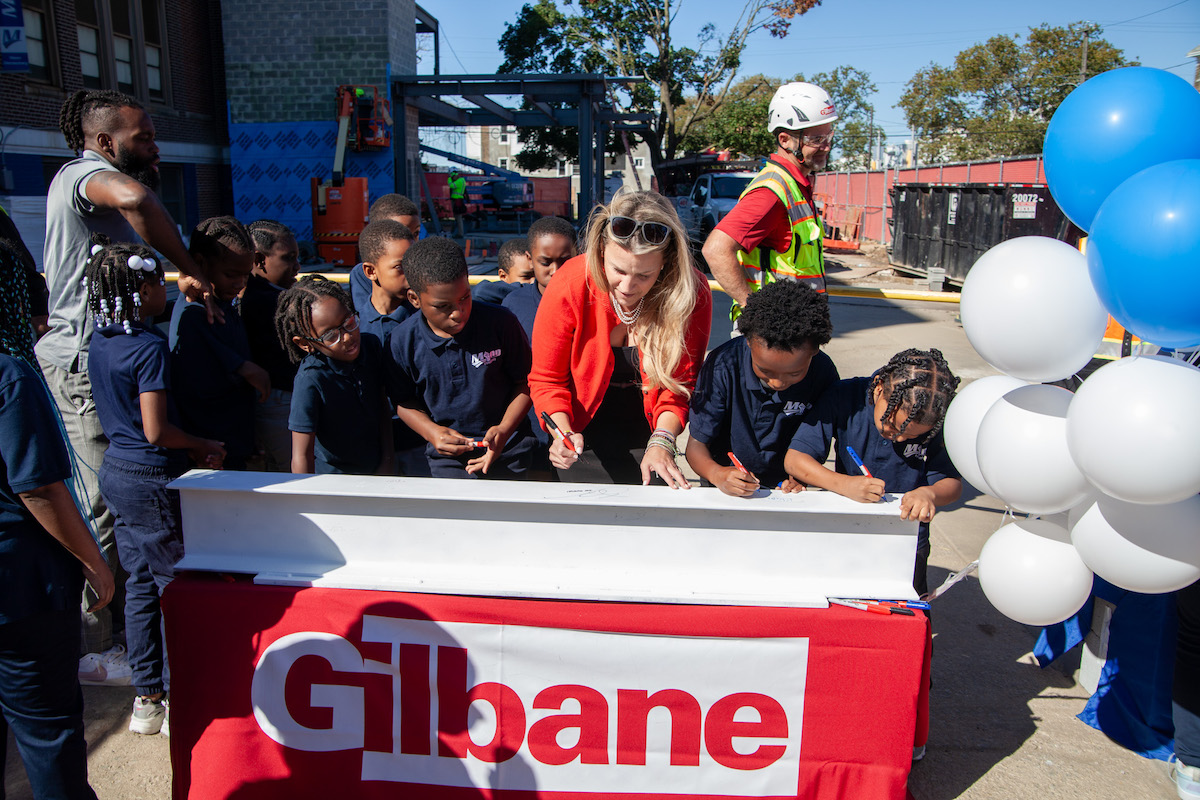“Banker Steel and NYC Constructors [NYCC] continue to add value to the DBM Global family of companies through incredible execution of projects such as this one, which now stands as the largest airport terminal in the nation,” DBM Global CEO & Chairman Rustin Roach said.
Banker Steel, together with its subfabrication partners, fabricated 33,000 tons of structural steel for New Terminal One. Close collaboration between Banker Steel and other stakeholders expedited the design and construction process to allow for a fast-paced schedule. The construction of the terminal includes:
- 500,000-plus bolts
- 10,000-plus pounds of field welds
- 28,000-plus drawings
- 10 forged nodes located at the signature “Tree Columns”
- 700,000 shop hours
- 450,000 field hours
“As we celebrate another milestone for Banker Steel, I want to express my gratitude to the project team for their dedication that brought this vision to life," Banker Steel President Chet McPhatter said. "Additionally, the Banker Steel and NYCC teams in shop and field contributed with their tireless efforts and commitment to excellence to ensure this project reflected the quality for which Banker Steel has become known.”

| Your local Trimble Construction Division dealer |
|---|
| SITECH Allegheny |
| SITECH Northeast |
The project team included developers Ferrovial, Carlyle, JLC Infrastructure, and Ullico; architect Gensler; structural engineer Thornton Tomasetti; construction manager AECOM Tishman; numerous subfabricators including Schuff Steel, a DBM Global subsidiary; suberector JC Steel; steel detailers, DBM Vircon, a DBM Global subsidiary, and IDSI.
New Terminal One will provide an easier travel experience for the over 4 million airline passengers who travel through JFK each year. The renovated space will include over 300,000 square feet of dining, retail, lounge, and recreational space, including indoor green space. Sustainability is a priority for the newly imagined terminal as well, with solar panels for energy regeneration, electric ground support equipment, and optimized lighting and building controls. Opened interior space provides an improved passenger experience with more room for heavy-traffic zones like security checkpoints and waiting areas.

































































